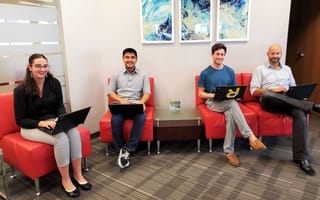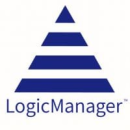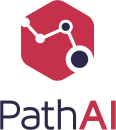When you hear about the latest technological advances — think AI tech for pathology and training robots to be copilots, it’s easy to gloss over the fact that some of these projects took engineers months or even years of hard work.
We asked the following seven engineers from Boston tech to reflect on their favorite projects, and give us a peek into what they’re working on now — well, if they can discuss it. Don’t worry. Only one was top secret.

At CarGurus, Site Reliability Engineer Charles Essien worked on what he called “one of the most valuable things” a business can do to optimize its scaling efforts. We’ll let him explain.
Tell us about a project you’ve worked on at your company that you’re really proud of. What role did you play in this project?
This past year, I led an effort to bootstrap and adopt tools and workflows that help us observe components of our entire stack that we didn't previously have visibility into. We’ve introduced a handful of tools with the intention of supporting an ecosystem that we’ve been calling the “arms of observability.” I helped develop an intentional strategy for how our engineering team can fluidly observe our stack, which is one of the most valuable things your organization can do to scale effectively.
I helped develop an intentional strategy for how our engineering team can fluidly observe our stack, which is one of the most valuable things your organization can do to scale effectively.”
What are you working on at the moment? What do you enjoy most about this project?
To improve observability of our server performance during canary releases, I'm writing a new, open-source Prometheus exporter that will allow us to use our Chef setup to visualize metrics based on a given server's role or policy, such as canary, rollout status or experimental. We'll be able to dynamically visualize our releases with more confidence!
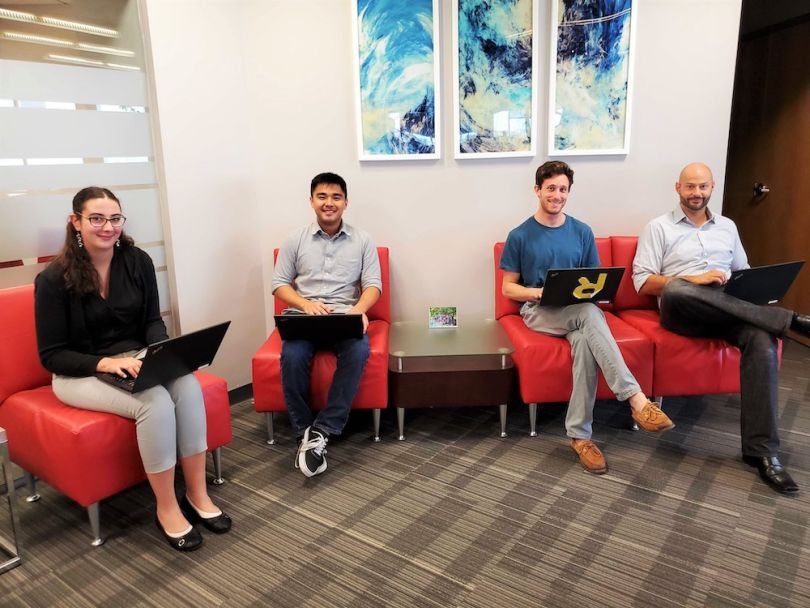
LogicManager engineer Gavin Hiroe has been instrumental in projects that made a lasting impact on internal operations. Now, he’s busy developing a tool that will impact customers.
Tell us about a project you’ve worked on at your company that you’re really proud of. What role did you play in this project?
One of the first projects I worked on at LogicManager was our Incidents Webform project, and it was one of the earliest projects we started as part of our Horizon initiative to migrate our front-end to React. I was involved with developing many of the major components that we would use in this project and go on to use in all of our future projects as well. It was great to design and implement something from the ground up and see our work being used by other teams in other projects to this day. Being able to be really creative and purposeful in our development decisions was super rewarding and it truly allowed me to grow as a software developer.
Being able to be really creative and purposeful in our development decisions was super rewarding and it truly allowed me to grow as a software developer.”
What are you working on at the moment? What do you enjoy most about this project?
My team and I are working on implementing React in the Plans area of our tool, which is one of the most widely used areas in our application. There are a ton of cool features and aesthetic updates that we think customers will really enjoy, and implementing them in such a visible part of our application makes this project incredibly fun. I can't wait to deliver it to our customers!

PathAI Software Engineer Eleanor Mehlenbacher has been busy alongside her team building out a platform that inevitably makes the lives of patients, and their families, better. Here’s how.
Tell us about a project you’ve worked on at your company that you’re really proud of. What role did you play in this project?
This year, one of our biggest projects on the machine learning platform team has been building out a comprehensive workflow and asset management tool for the ML engineers that helps them do more of what they do best while automating the rest. I love that my work facilitates the work of our ML engineers and researchers because their work has a direct impact on how PathAI will improve the lives of patients and their families.
I love that my work facilitates the work of our ML engineers and researchers because their work has a direct impact on how PathAI will improve the lives of patients and their families.”
What are you working on at the moment? What do you enjoy most about this project?
We're currently piloting these tools in a local computer center with our own custom hardware. It's both challenging and incredibly rewarding to build a cluster from the ground up, as we work towards becoming the world’s leading provider of AI-powered tech for pathology.

Although the project Jason Ryan is currently working on is top secret, we did get the Aurora systems engineering lead to spill on his favorite past projects and share a bit on what makes his role today exciting.
Tell us about a project you’ve worked on at your company that you’re really proud of. What role did you play in this project?
It would actually be the first program I really worked here at Aurora, our “Robotic Copilot” program, funded by DARPA on the ALIAS program. It was a fantastic program to work on. My quip has generally been that we were trying to build R2-D2 in C-3PO’s body! It was a really interesting program, trying to push the boundaries of training and configuring robotic systems to work in multiple aircraft and be able to rapidly modify the system to work in new aircraft.
We were a pretty small program with about 20 people in the first year and closer to 75 in year two. It was great to work as part of that committed team, to work across the areas and skill sets, and put together a really fantastic system that we were able to train up and install in multiple aircraft. I originally started on that program as the human machine interface (read: user interface design) team lead, helping to design a tablet-based application for communication and collaborating with the robotic system.
It was great to work as part of that committed team, to work across the areas and skill sets, and put together a really fantastic system that we were able to train up and install in multiple aircraft.”
What are you working on at the moment? What do you enjoy most about this project?
It’s a proprietary program that is not public, but these days, my role has changed a bit. That early experience in our Robotic Copilot program gave me some great experience and exposure within the company. I got to know a lot of people and demonstrated my ability to get things done, and done well. Over time, I’ve grown within the company, and I’m currently the chief systems engineer on this program, which is a 100+ person program working on some neat things that I really can’t talk about. What I enjoyed during the Robotic Copilot program holds true for this one as well in that I get to engage with a variety of people from various skill domains, help understand what the system has to do and help participate in the overall design.
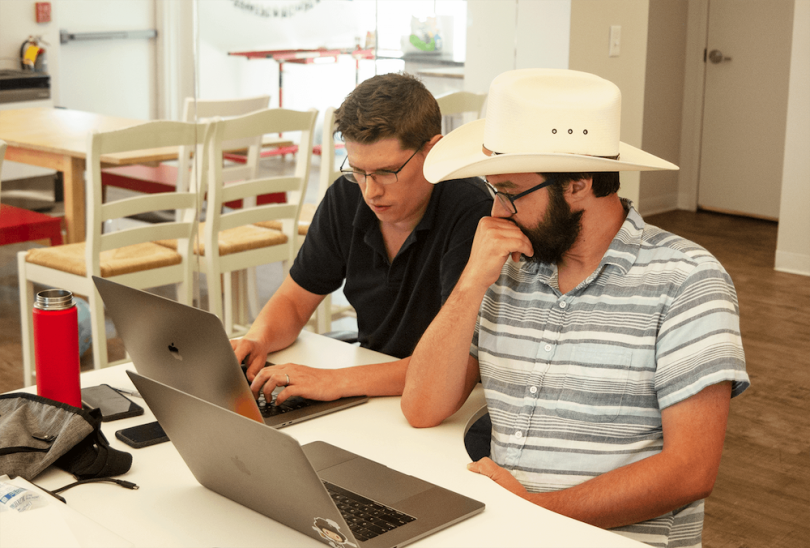
PlacePass VP of Engineering Markus Kobler jumped at the opportunity to modernize the way they build apps when it presented itself via a client integration. Now, he and his team hope to introduce these vast upgrades to their white-label platform.
Tell us about a project you’ve worked on at your company that you’re really proud of. What role did you play in this project?
I always enjoy the challenge of balancing the immediate needs of building and scaling a successful product with the promise of incorporating more modern technologies, particularly if it can help improve a user’s experience. So when a recent client integration presented an opportunity to modernize the way we build web apps, I took on the challenge and led the small development. We built our first Golang GraphQL backend, a strict Typescript React frontend, and a novel AWS hosting approach to deliver a huge performance improvement. As a result, page loads dropped from 30 seconds to less than three seconds on low bandwidth mobile connections and conversions increased by double digits.
I always enjoy the challenge of balancing the immediate needs of building and scaling a successful product with the promise of incorporating more modern technologies.”
What are you working on at the moment? What do you enjoy most about this project
Now that we proved out a significantly faster architecture, we are working to bring these improvements to our more complex white-label platform. Rather than make a transition in one big bang, which might cause disruption to our customers, we are doing it in small incremental steps. Personally, I really enjoy how changes like this require a strong team of DevOps, front- and back-end engineers to come together to ultimately make a better product for our end users.

Nothing beats a good challenge, and that was definitely the case for BookBub Tech Lead Ben LaVerriere. As a key member in the development of BookBub’s new separate brand Chirp, LaVerriere got the chance to work with new technologies he was unfamiliar with — something he’s very passionate about.
Tell us about a project you’ve worked on at your company that you’re really proud of. What role did you play in this project?
Most of BookBub’s history has focused on deals and recommendations for e-books. We recently launched Chirp, chirpbooks.com, as a separate brand where we sell audiobooks directly to our millions of members. Over the last few months, my team has been building the next generation of the mobile apps that let users listen to those audiobooks. I’ve been lucky enough to be the technical lead for that project, working with another engineer as well as our platform team on the back end, to build this pair of apps.
When I can not only see but also hear people using the result of all our hard work — that’s a uniquely satisfying moment.”
What are you working on at the moment? What do you enjoy most about this project?
My focus is still very much on this app project, which is nearing the full rollout finish line. Throughout the project, I’ve had to learn how to work with tech I hadn’t used before, and that’s exactly the kind of work that excites me. Much of my background has been web app development in one way or another, so I’ve really enjoyed ramping up on mobile development and seeing how quickly we can put together something polished and beautiful. We’re using React Native and a whole bundle of associated tools and libraries, so it’s a fun blend of best practices and bleeding-edge progress. And when I can not only see but also hear people using the result of all our hard work — that’s a uniquely satisfying moment.

Johnny Hu, a web UI architect at Touchplan, is helping construction crews better visualize their progress across projects and get ahead through a new dashboard tool that he’s been developing. Additionally, Hu works on internal processes that make work flows more efficient.
Tell us about a project you’ve worked on at your company that you’re really proud of. What role did you play in this project?
While not yet released, the dashboard feature is the main project I’ve been working on during my time at Touchplan. The goal of the dashboard is to help construction teams work better together by giving them a high-level snapshot of how they’re doing across multiple projects. It also allows them to see the positive impact of the entire team working together. Another goal is to help teams stay on track and even get ahead of their projects.
As UI architect I‘m constantly striving to better understand what our users need and what could help them. I spend a lot of time interpreting use cases and requirements so we can, in turn, produce a better, more helpful tool.
I spend a lot of time interpreting use cases and requirements so we can, in turn, produce a better, more helpful tool.”
What are you working on at the moment? What do you enjoy most about this project?
Right now, we are in the full development cycle of planning, creating, testing and deploying the dashboard feature. I am heavily involved working on the design with the UI team so everyone is confident with the features and the ultimate outcome. Internally, I collaborate with a really dynamic and diverse group of developers that span a few locations, which I enjoy. I am also able to put some structure and process in place for the development team so we are productive and contribute to creating quality software.
